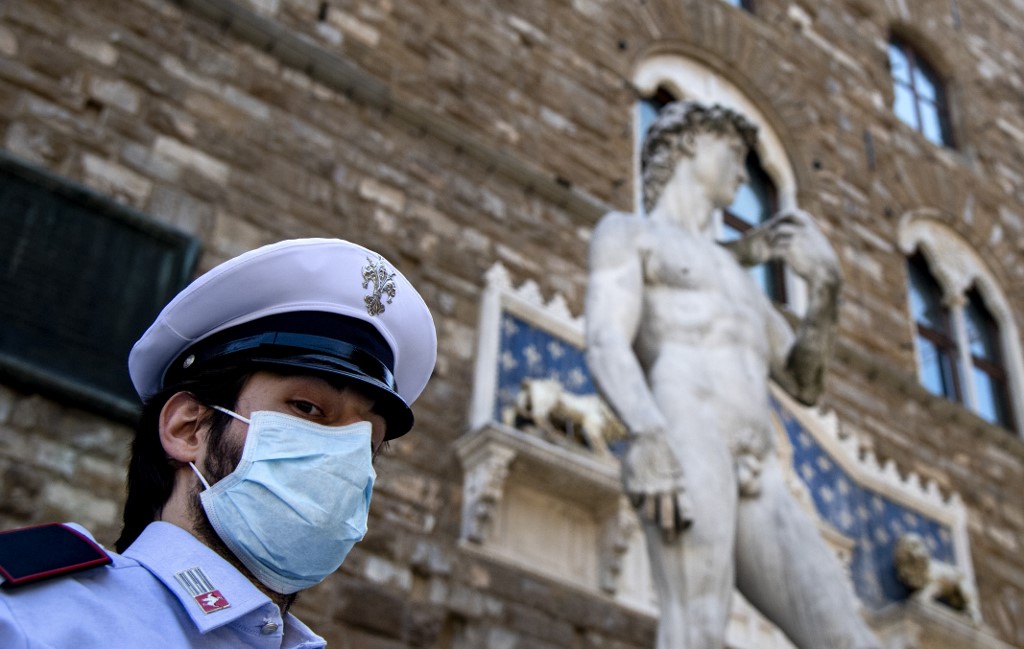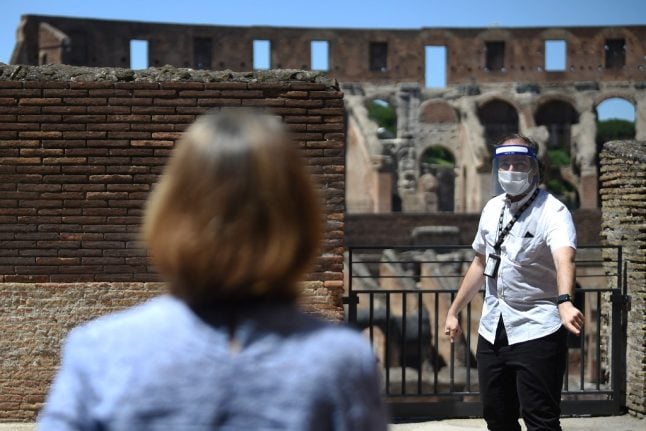- 'Travel should be done responsibly like everything else right now': Your verdict on holidaying in Italy this summer
- Italy keeps travel ban in place as EU opens borders
- Most Italians want American tourists to stay away this summer: poll
If you're flying, you'll need to know that Italy currently has a ban on hand luggage on all flights to and from the country.
While most restaurants, beaches and tourist attractions are now open for business, they're likely to be much quieter than usual, and will have rules in place to ensure social distancing.
Most businesses now either recommend or require advance bookings, and some may ask customers for their contact information in case tracing is required.
And when greeting Italian acquaintances, remember that the usual kissing and hugging is still a no-no. Handshakes are also discouraged.
Italy's normally packed museums and historical sites have reopened with strict measures in place to control crowds and reduce to risk of contagion, and are also experimenting with everything from bluetooth apps to vibrating necklaces intended to help visitors stay away from each other, so don't be surprised if you're asked to use something like this.
And whatever you plan to do on your trip, you'll need to be aware of the following rules set by the Italian government, as detailed in recent emergency decrees (you can find the most recent decree here, in Italian.)

For more information, check the Italian Foreign Ministry's website (in English), as well as the latest advice from the government of the country (or countries) you're travelling to or from.



 Please whitelist us to continue reading.
Please whitelist us to continue reading.
Member comments